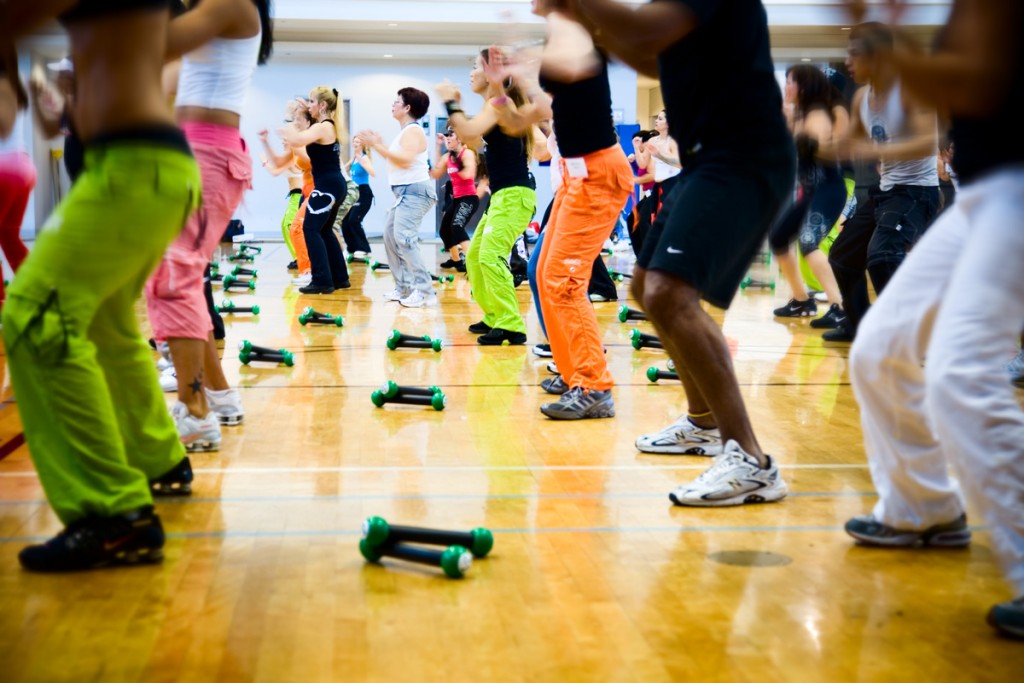 Created in the late 1990s in Colombia by the fitness instructor Alberto Perez, Zumba is a high-energy aerobic workout based on dance steps borrowed from merengue, salsa and other dances.
Created in the late 1990s in Colombia by the fitness instructor Alberto Perez, Zumba is a high-energy aerobic workout based on dance steps borrowed from merengue, salsa and other dances.
An estimated 12 million fitness buffs worldwide are taking Zumba classes at about 110,000 locations.
The sessions are taught at big city health clubs and storefront yoga studios, in church basements and school auditoriums – even in nightclubs during the day.
The allure of Zumba is derived in part from the perception that it’s more a dance party than an exercise routine. But its popularity has come at a price. Zumba classes can be enormous, filled with enthusiastic but inexperienced exercisers who may be led by instructors with limited experience.
Common Zumba Injuries
Ankle sprains, hamstring injuries, muscle spasms and calf injuries are the most common Zumba-related injuries being treated. Brief warm-ups and inexperienced exercisers can create unstable conditions. The classes are fast-paced and can be quite strenuous. Few participants leave without being drenched in sweat and at least a little bit out of breadth.
Preventative Measures when performing Zumba
Always consult a doctor before starting a new exercise regime. If you are pregnant or have a major cardiovascular, pulmonary or metabolic condition, traditional Zumba is probably not appropriate for you. People with knee, hip or ankle problems should also consult a doctor, as they may need to modify the routine – avoiding jumps, for instance, or fast hip movements.
Dr. Mark Reed offers this advice, “Zumba is a great way to increase your cardiovascular health while burning calories and having fun. If you have ankle instability or have been diagnosed with arthritis in your foot or ankle, you should be careful as many of the moves put stress on the ankle ligaments and can put pressure on the foot and ankle joints because of the impact.”
Wear the right shoes – Any thinly soled pair of sneakers or comfortable workout shoes will work well for your feet. Avoid running shoes as they are designed for forward movement and the treads get in the way when doing Zumba’s many side-to-side and pivot moves.
Before joining a Zumba class, ask how long the instructor has been teaching and about his or her background, including fitness certifications. The best instructors have a dance background and an understanding of Latin steps, as well as a strong background in fitness. Good instructors also will ask who is a beginner and whether anyone is pregnant or has special health concerns.
If your class doesn’t offer warm-up stretches and other moves, be sure to do some calf, hamstring and abdominal stretches on your own before you begin.
Move at your own pace, and don’t get too caught up in the whirlwind around you. The beauty of a dance class is that you can easily move in place or just do the basic moves while you become familiar with the more complicated dance steps.
If you believe you are suffering from a Zumba-related injury and need specialized orthopedic care, Orthopedic Specialists of Seattle provide excellent treatment options available for you.
